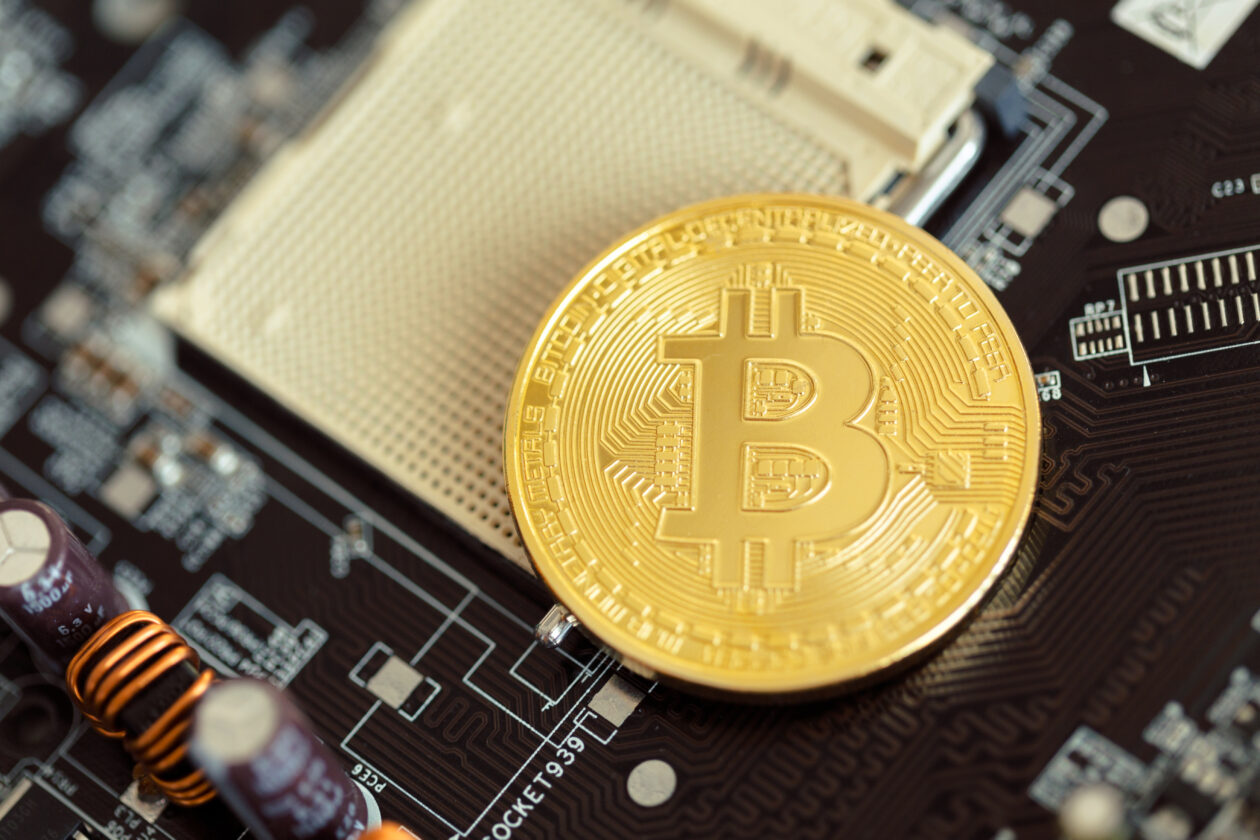A new protocol released on Bitcoin is bringing wider NFT capabilities to the world’s largest blockchain, with the potential to reshape the NFT market and the dynamic between some of the biggest blockchains, industry officials tell Forkast.
The Ordinals protocol, which was released after a Jan. 21 post by developer Casey Rodarmor, allows users to insert relatively large amounts of data into transactions, which can be used for creating collectible images on the network, similar to many popular NFT projects.
This capability was previously available on Bitcoin, but on a scale too small for workable NFTs. However, Bitcoin upgrades like 2021’s Taproot and 2017’s SegWit allows the Ordinals protocol to expand this functionality.
Jonathon Miller, Australia managing director of U.S.-based cryptocurrency exchange Kraken, said Ordinals is a positive development for the network, but it has also generated controversy.
“There are purists who say [Bitcoin] should always just be peer-to-peer cash, but I think that’s possibly not the story when it comes to the reality, which is that people experiment with Bitcoin all the time,” he said in an interview. “It really is exciting to see people build things on top of Bitcoin.”
Without this experimentation, the network would not have Layer 2 solutions such as the lightning network, which greatly increases transaction speeds on Bitcoin, he added.
New killer?
NFTs are regarded as a crucial component of the reimagined internet of Web3 — in which gaming, social media and financial services are run through decentralized blockchain applications controlled by users’ wallets. And NFTs have long been the domain of the Ethereum blockchain that hosts roughly 70% of all NFT sales value.
Many blockchain networks — from Cardano to Solana — have been labelled “Ethereum Killers” in recent years, or networks hoping to eat into Ethereum’s dominance in Web3 or NFTs, but so far none have made much headway.
Yehudah Petscher, NFT relations strategist for blockchain data aggregator CryptoSlam, said one reason for that is Ethereum has a multi-year head start. But that is not a factor that hinders Bitcoin as the world’s first cryptocurrency.
“[It’s] been around longer than any others — ten years now, plus — they have a huge, huge base of users. So, I almost think there’s potential it could compete with Ethereum more quickly than the others could, simply because of adoption.”
Miller had a different view, saying Ethereum has excellent tools for creating NFTs, whereas Ordinals is just the protocol for creating tools on the Bitcoin network.
“Perhaps [Ordinal’s] not going to be something that competes directly with those networks,” he said. And it may well act as a reminder that Ethereum is a really strong and well-tooled network for creating NFTs.
What’s next?
Petscher said the real change from Ordinals may not be about creating new types of collectibles, but proving that developers can build upon an old blockchain and change the market dynamics in the process. That could prove to be the real innovation in the project, he added.
“[Ordinals] certainly gives Bitcoin as a currency itself more utility,” he said, “it strictly was almost a financial asset and people were very happy with that. It now has another and one that I expect like on Ethereum and these other blockchains will grow exponentially now you can transact collectibles.”
Some of Ordinal’s critics argue that it will increase the demand on the network, driving up fees for regular transactions. Petscher agrees this is a risk, but said the added utility of being able to purchase the NFTs with Bitcoin could also serve to increase the price, helping many miners and long-term holders within the community.
Others argue that these are frivolous ways to use the network, however, and detract from the intention Satoshi Nakamoto, Bitcoin’s pseudonymous creator, had in mind when releasing the original Bitcoin white paper in 2009.
“It can be all of these things at the same time,” Petscher said. “It certainly can be frivolous and it can be silly and it could be pointless and it can still be awesome at the same time and important to building a movement.”
“And especially in a decentralized world, not only does it not matter but there’s nothing you can do about it.”





